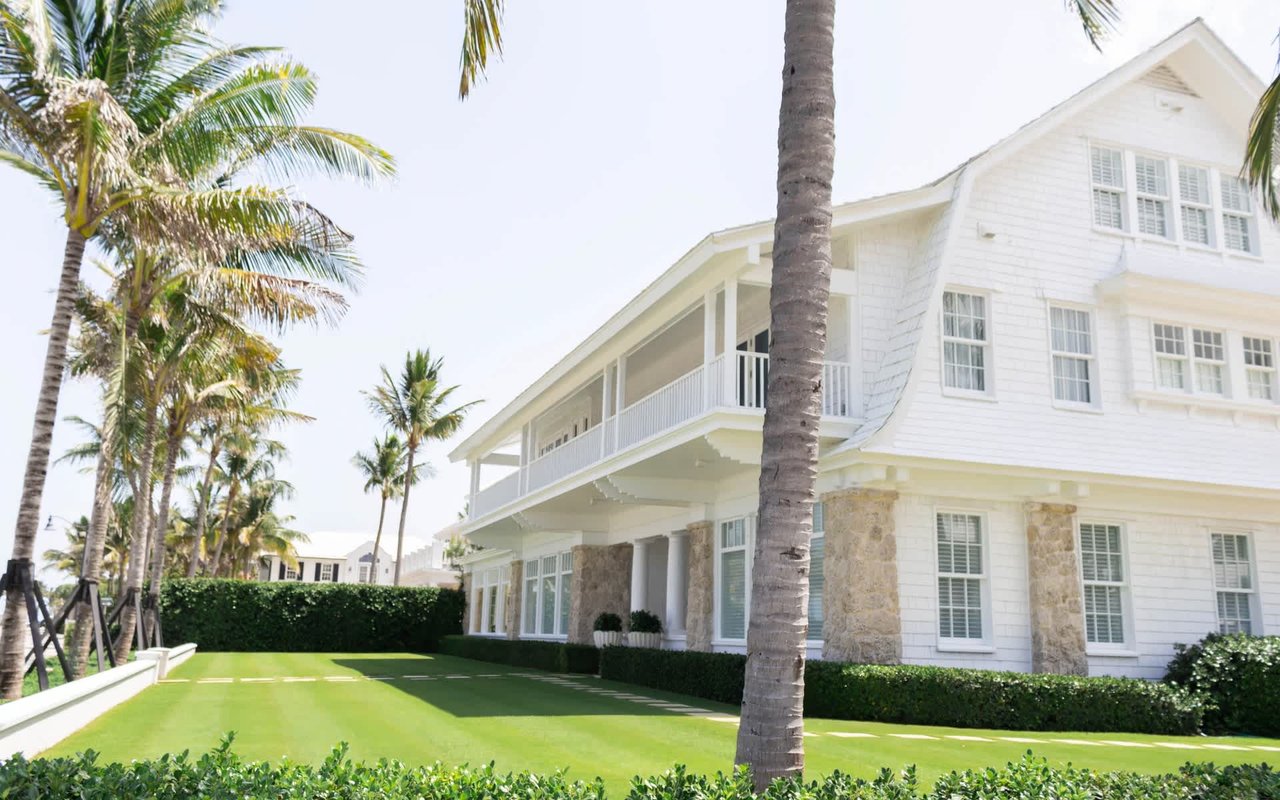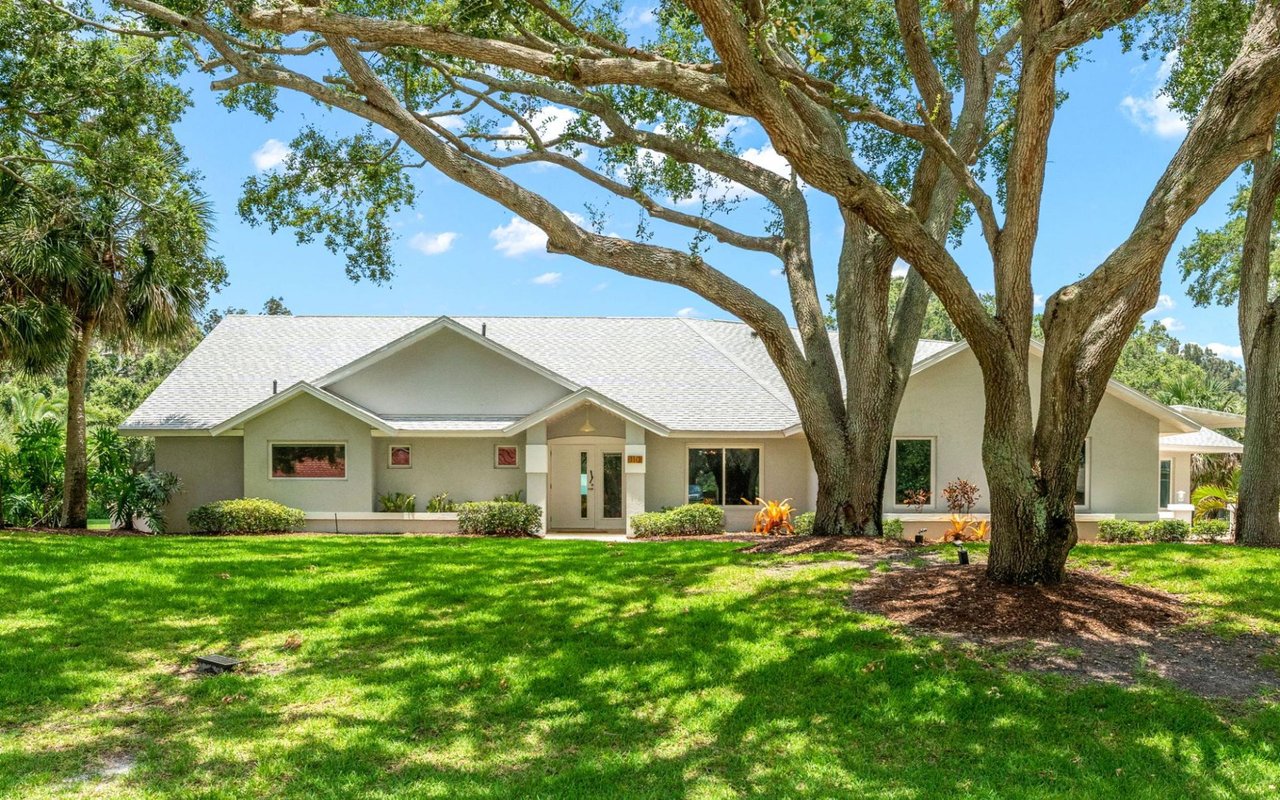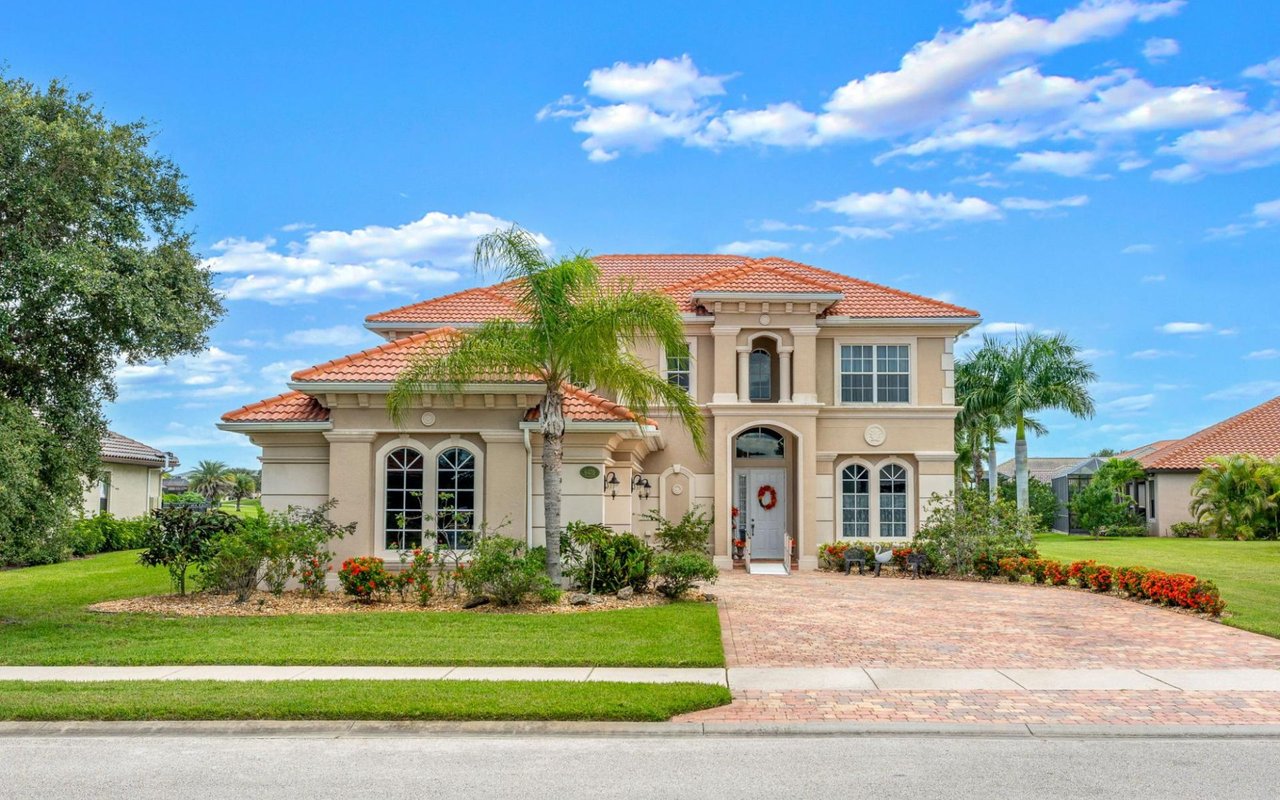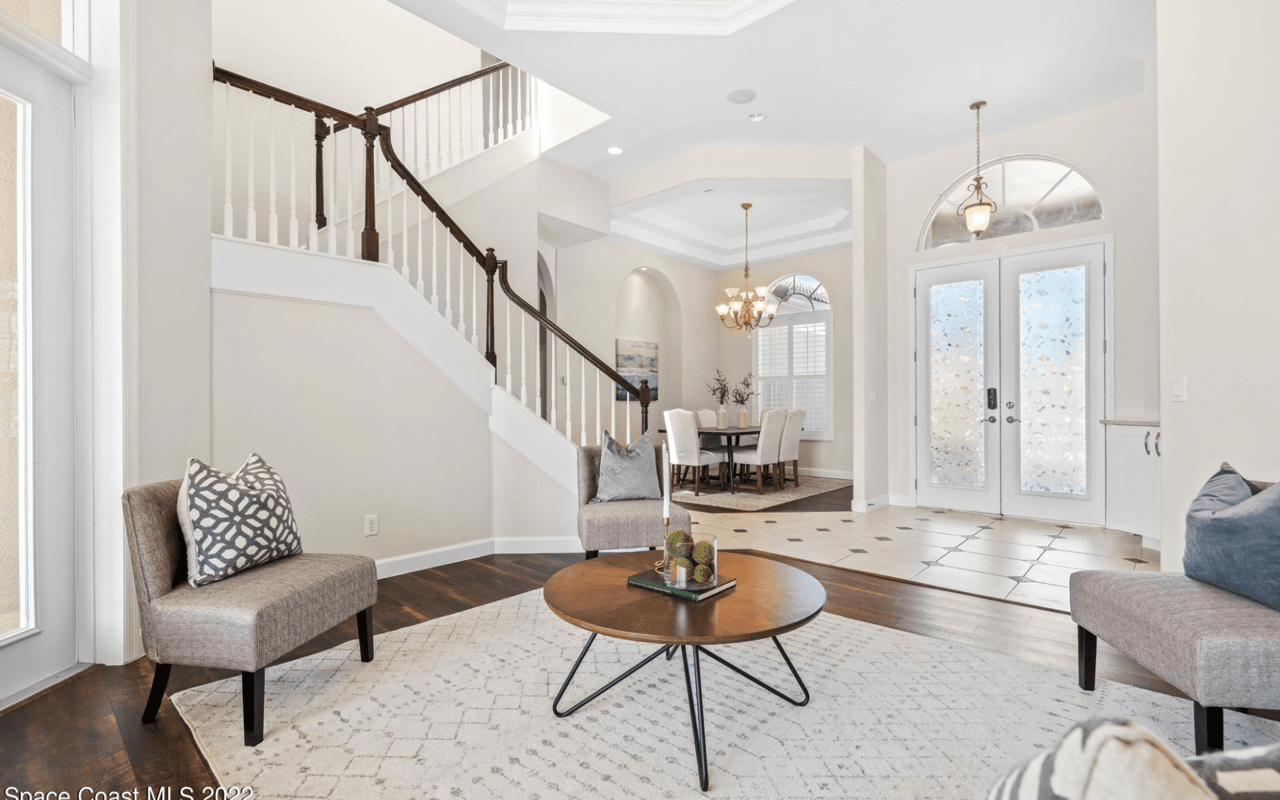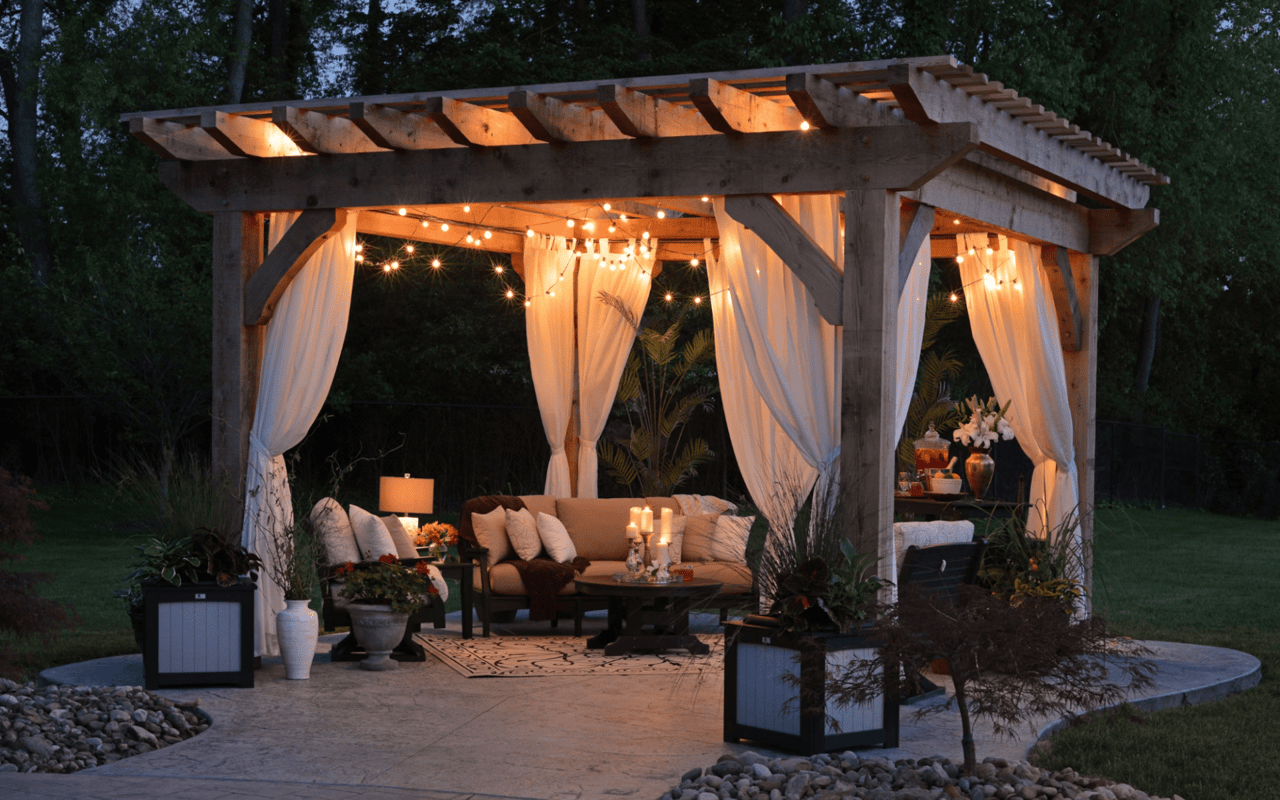Decorating a historic home is a unique and rewarding experience. These homes are rich in character, architectural details, and a sense of history that newer properties often lack. However, they also come with challenges, such as preserving original features while making the space functional for modern living. Striking the right balance between honoring the home’s history and creating a comfortable, livable environment requires careful planning, thoughtful design, and an understanding of the home’s architectural style. In this guide, we’ll explore how to decorate a historic home, blending tradition with modern comfort to create a space that is both timeless and functional.
Understanding the Architectural Style
The first step in decorating a historic home is understanding its architectural style. Whether it’s a Victorian, Colonial, Craftsman, or Georgian home, each style has its own unique characteristics, including specific color palettes, materials, and decorative elements. Familiarizing yourself with these details can help you make informed decisions that respect the home’s history while allowing for personal expression.
For example, a Victorian home might feature intricate woodwork, stained glass windows, and ornate wallpaper. In contrast, a Craftsman home may have a more straightforward design, with exposed beams, built-in cabinetry, and a focus on natural materials. By understanding the architectural language of your home, you can choose furnishings, colors, and decor that complement and enhance its original features.
For example, a Victorian home might feature intricate woodwork, stained glass windows, and ornate wallpaper. In contrast, a Craftsman home may have a more straightforward design, with exposed beams, built-in cabinetry, and a focus on natural materials. By understanding the architectural language of your home, you can choose furnishings, colors, and decor that complement and enhance its original features.
Preserving Original Features
One of the most appealing aspects of a historic home is its original features, which often include wood floors, moldings, fireplaces, and built-in cabinets. These elements add character and authenticity to the space, and preserving them should be a top priority in your decorating plan.
When restoring or maintaining these features, it’s essential to use materials and techniques that are in keeping with the home’s period. For example, if you’re refinishing original hardwood floors, consider using a stain that matches the wood’s natural color rather than opting for a trendy finish. Similarly, when restoring plaster walls, use traditional methods rather than modern drywall.
If some original features are damaged or missing, consider sourcing period-appropriate replacements. Architectural salvage shops and antique markets can be excellent resources for finding vintage fixtures, hardware, and other elements that match your home’s era. By preserving these features, you maintain the home’s historical integrity and add to its overall value.
When restoring or maintaining these features, it’s essential to use materials and techniques that are in keeping with the home’s period. For example, if you’re refinishing original hardwood floors, consider using a stain that matches the wood’s natural color rather than opting for a trendy finish. Similarly, when restoring plaster walls, use traditional methods rather than modern drywall.
If some original features are damaged or missing, consider sourcing period-appropriate replacements. Architectural salvage shops and antique markets can be excellent resources for finding vintage fixtures, hardware, and other elements that match your home’s era. By preserving these features, you maintain the home’s historical integrity and add to its overall value.
Choosing a Color Palette
The color palette you choose for your historic home can significantly impact its overall look and feel. While it’s essential to select colors that reflect the home’s period, you also want to create a space that feels fresh and livable. Many historic homes were painted in rich, muted tones, such as deep greens, warm ochres, and soft blues. These colors were often derived from natural pigments, giving them a timeless quality that still resonates today.
If you want to stay true to your home’s historical roots, consider researching the colors that were popular during the period in which it was built. Many paint companies offer historical color collections that are based on authentic shades used in specific architectural styles. However, don’t feel confined to these palettes—modern interpretations can work beautifully as well. For example, you might choose a more neutral color scheme and introduce period-appropriate hues through accents like wallpaper, textiles, and artwork.
If you want to stay true to your home’s historical roots, consider researching the colors that were popular during the period in which it was built. Many paint companies offer historical color collections that are based on authentic shades used in specific architectural styles. However, don’t feel confined to these palettes—modern interpretations can work beautifully as well. For example, you might choose a more neutral color scheme and introduce period-appropriate hues through accents like wallpaper, textiles, and artwork.
Mixing Old and New
One of the most effective ways to decorate a historic home is by mixing old and new elements. This approach allows you to honor the home’s history while ensuring it meets the needs of modern living. The key is to strike a balance between preserving the past and embracing the present, creating a space that feels both timeless and current.
When mixing old and new, consider using modern furniture and decor alongside the home’s original features. For example, a sleek, contemporary sofa can look stunning against the backdrop of an ornate fireplace or a room with detailed moldings. Similarly, modern lighting fixtures can add a touch of sophistication to a room with vintage wallpaper or antique furniture.
Another way to blend old and new is by incorporating modern conveniences and technology in a way that doesn’t detract from the home’s historic character. For example, you might choose energy-efficient windows that mimic the appearance of the original ones or install smart home systems that are discreetly hidden from view. This approach allows you to enjoy the comforts of modern living without compromising the home’s aesthetic.
When mixing old and new, consider using modern furniture and decor alongside the home’s original features. For example, a sleek, contemporary sofa can look stunning against the backdrop of an ornate fireplace or a room with detailed moldings. Similarly, modern lighting fixtures can add a touch of sophistication to a room with vintage wallpaper or antique furniture.
Another way to blend old and new is by incorporating modern conveniences and technology in a way that doesn’t detract from the home’s historic character. For example, you might choose energy-efficient windows that mimic the appearance of the original ones or install smart home systems that are discreetly hidden from view. This approach allows you to enjoy the comforts of modern living without compromising the home’s aesthetic.
Selecting Furniture and Decor
Choosing the right furniture and decor is crucial when decorating a historic home. The pieces you select should complement the home’s architectural style and enhance its overall ambiance. When selecting furniture, consider both the scale and the style of the pieces. For example, in a Victorian home with high ceilings and large rooms, you might opt for substantial, ornate furniture that reflects the period’s grandeur. In contrast, a Craftsman home might call for simpler, more functional pieces made from natural materials like wood and leather.
Antiques and vintage pieces can add authenticity and charm to a historic home, but it’s essential to avoid creating a space that feels too much like a museum. To achieve a balanced look, mix in some contemporary pieces that offer comfort and functionality. For instance, you might pair an antique dining table with modern chairs or place a mid-century sofa in a room with traditional wood paneling.
When it comes to decor, choose items that enhance the home’s architectural details. For example, period-appropriate artwork, mirrors with ornate frames, and vintage rugs can add depth and character to a room. However, be mindful of clutter—historic homes often have intricate details that can be overshadowed by too much decor. Instead, focus on a few well-chosen pieces that highlight the home’s features without overwhelming the space.
Antiques and vintage pieces can add authenticity and charm to a historic home, but it’s essential to avoid creating a space that feels too much like a museum. To achieve a balanced look, mix in some contemporary pieces that offer comfort and functionality. For instance, you might pair an antique dining table with modern chairs or place a mid-century sofa in a room with traditional wood paneling.
When it comes to decor, choose items that enhance the home’s architectural details. For example, period-appropriate artwork, mirrors with ornate frames, and vintage rugs can add depth and character to a room. However, be mindful of clutter—historic homes often have intricate details that can be overshadowed by too much decor. Instead, focus on a few well-chosen pieces that highlight the home’s features without overwhelming the space.
Maintaining a Sense of History
While it’s important to make a historic home comfortable and functional, it’s equally important to maintain its sense of history. This can be achieved by incorporating elements that reflect the home’s past, such as family heirlooms, vintage photographs, and period-specific decor.
Consider creating a gallery wall that showcases the home’s history, featuring old photos of the house, previous owners, or the neighborhood. This not only adds a personal touch but also connects the present with the past, reminding you and your guests of the home’s rich history.
If your home has unique architectural features, such as a grand staircase, original woodwork, or a vintage fireplace, make these elements the focal point of the room. Highlighting these features ensures that they remain an integral part of the home’s design, preserving the character and charm that make historic homes so special.
Decorating a historic home is a delicate balancing act between preserving the past and accommodating the present. By understanding the home’s architectural style, preserving original features, and thoughtfully blending old and new elements, you can create a space that honors the home’s history while providing modern comfort and functionality. Whether you’re restoring a Victorian mansion or updating a mid-century bungalow, the key is to respect the home’s character while making it a place where you can live and thrive. With careful planning and attention to detail, you can create a beautiful, timeless space that reflects both the history of the home and your personal style.
For dedicated, efficient, and personalized real estate service, contact Kellie Bowling today to achieve your real estate goals.
Consider creating a gallery wall that showcases the home’s history, featuring old photos of the house, previous owners, or the neighborhood. This not only adds a personal touch but also connects the present with the past, reminding you and your guests of the home’s rich history.
If your home has unique architectural features, such as a grand staircase, original woodwork, or a vintage fireplace, make these elements the focal point of the room. Highlighting these features ensures that they remain an integral part of the home’s design, preserving the character and charm that make historic homes so special.
Decorating a historic home is a delicate balancing act between preserving the past and accommodating the present. By understanding the home’s architectural style, preserving original features, and thoughtfully blending old and new elements, you can create a space that honors the home’s history while providing modern comfort and functionality. Whether you’re restoring a Victorian mansion or updating a mid-century bungalow, the key is to respect the home’s character while making it a place where you can live and thrive. With careful planning and attention to detail, you can create a beautiful, timeless space that reflects both the history of the home and your personal style.
For dedicated, efficient, and personalized real estate service, contact Kellie Bowling today to achieve your real estate goals.
